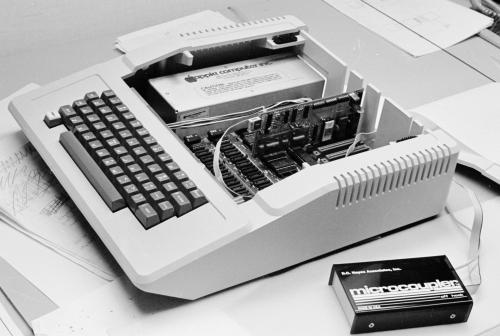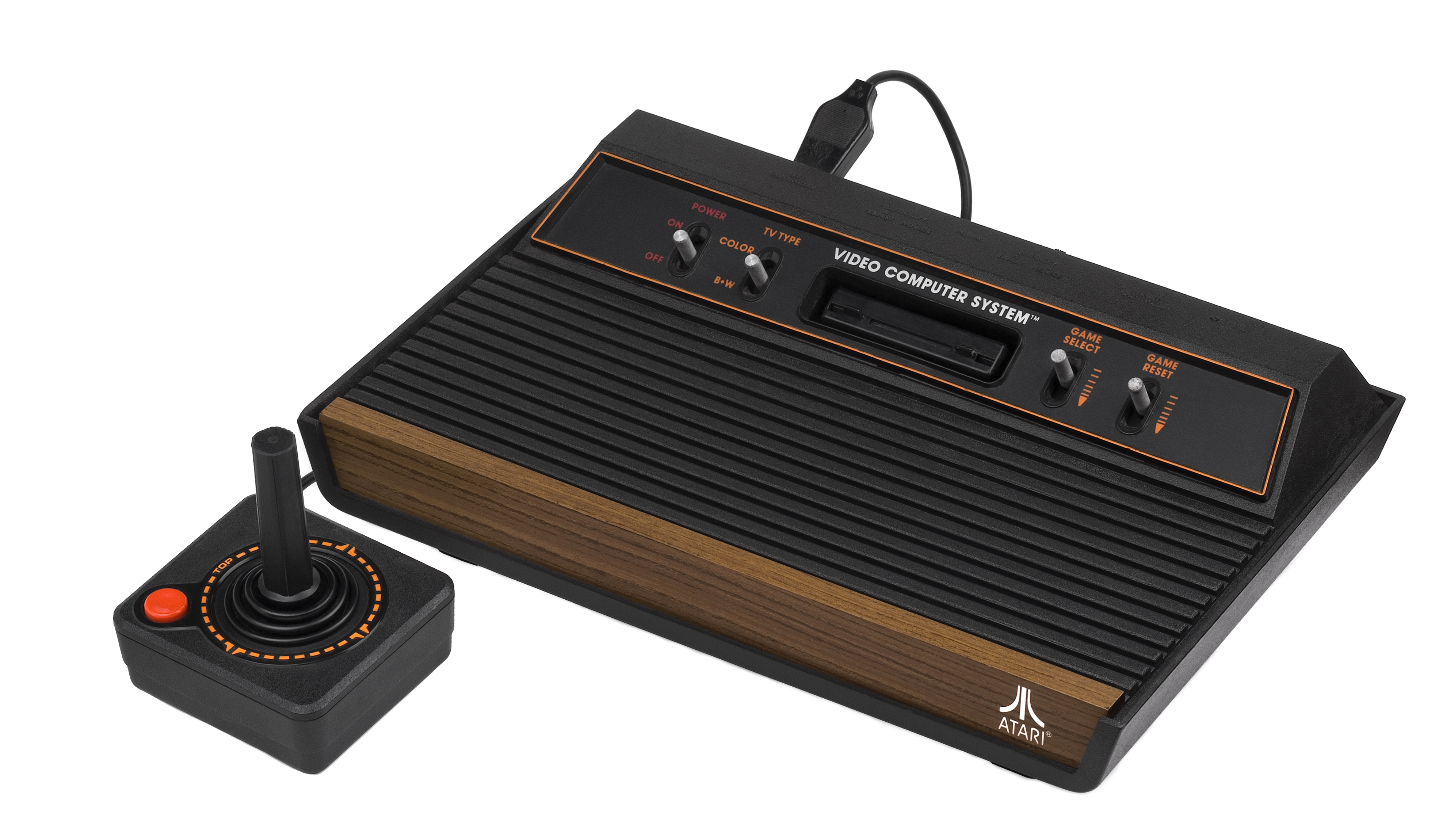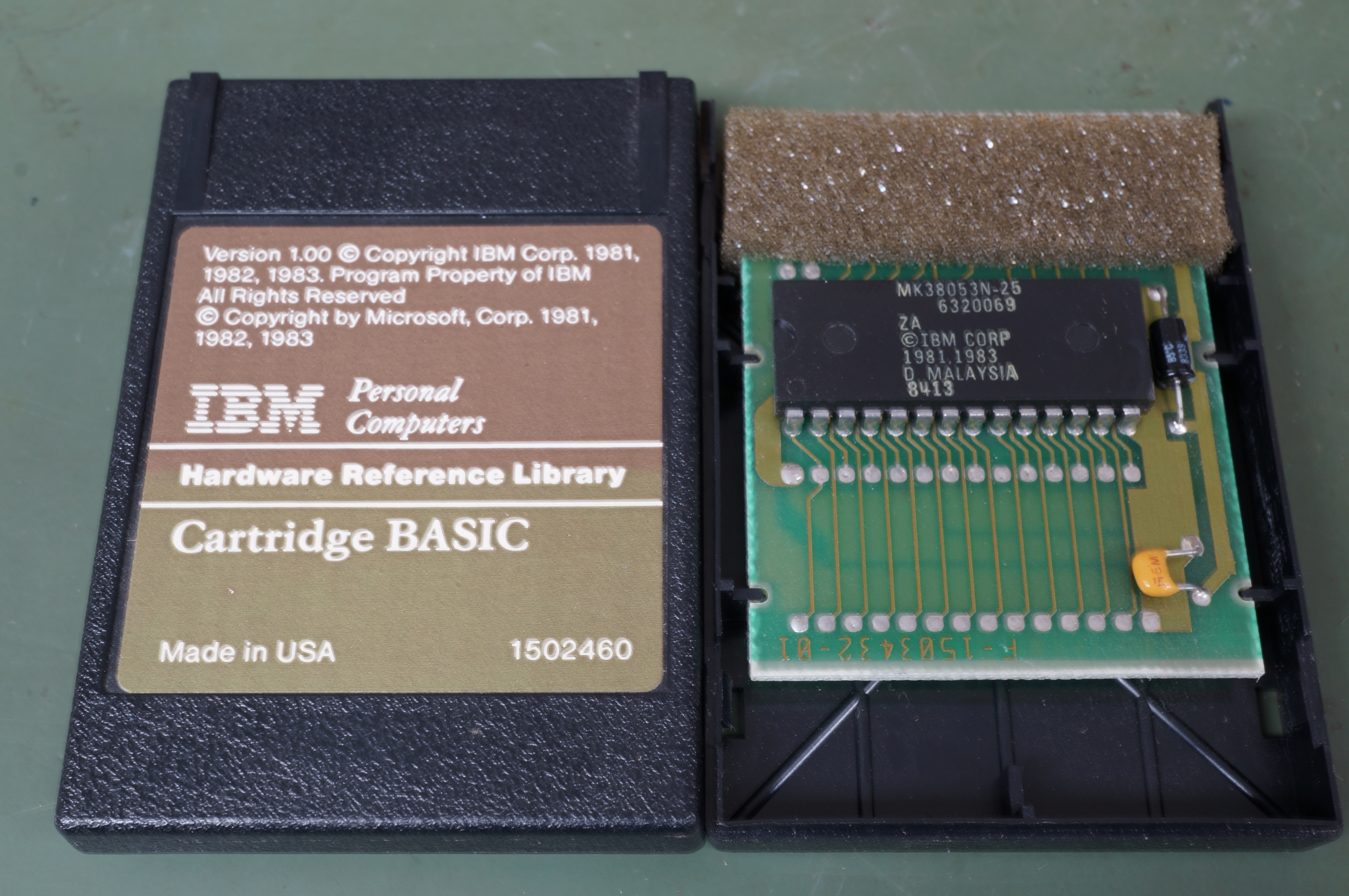|
Brian P. Dougherty
Brian P. Dougherty (born 1956) is an American software developer and businessman best known as the founder and CEO of Berkeley Softworks (later GeoWorks Corporation), which produced the pioneering GEOS graphical operating system for the Commodore 64 in 1986 and the influential PC/GEOS operating system for the IBM PCs and compatibles in 1990. Dougherty also founded GlobalPC, Airset and Wink Communications. While Dougherty was CEO of GeoWorks, he had been approached by several large technology companies including Microsoft and Apple because of the success of the GEOS operating system. Dougherty attended the University of California, Berkeley, where he graduated with a B.S. in electrical engineering and computer science. When he graduated he began working at Mattel, where he contributed for the design of the Intellivision video game system. Career Early career Dougherty started his career in making video games in 1979 with the help of Mattel for their then newly released Inte ... [...More Info...] [...Related Items...] OR: [Wikipedia] [Google] [Baidu] |
Berkeley, California
Berkeley ( ) is a city on the eastern shore of San Francisco Bay in northern Alameda County, California, United States. It is named after the 18th-century Irish bishop and philosopher George Berkeley. It borders the cities of Oakland and Emeryville to the south and the city of Albany and the unincorporated community of Kensington to the north. Its eastern border with Contra Costa County generally follows the ridge of the Berkeley Hills. The 2020 census recorded a population of 124,321. Berkeley is home to the oldest campus in the University of California System, the University of California, Berkeley, and the Lawrence Berkeley National Laboratory, which is managed and operated by the university. It also has the Graduate Theological Union, one of the largest religious studies institutions in the world. Berkeley is considered one of the most socially progressive cities in the United States. History Indigenous history The site of today's City of Berkeley was the territory ... [...More Info...] [...Related Items...] OR: [Wikipedia] [Google] [Baidu] |
Mattel
Mattel, Inc. ( ) is an American multinational toy manufacturing and entertainment company founded in January 1945 and headquartered in El Segundo, California. The company has presence in 35 countries and territories and sells products in more than 150 countries. The company operates through three business segments: North America, International, and American Girl. It is the world's second largest toy maker in terms of revenue, after The Lego Group. Two of its historic and most valuable brands, Barbie and Hot Wheels, were respectively named the top global toy property and the top-selling global toy of the year for 2020 and 2021 by The NPD Group, a global information research company. The name of the company is a portmanteau of the names of two of the company's founders; the surname of Harold Matson and the first name of Elliot Handler. History Origins and early years Harold "Matt" Matson, Ruth Handler, and Elliot Handler founded Mattel as Mattel Creations in January 1945 i ... [...More Info...] [...Related Items...] OR: [Wikipedia] [Google] [Baidu] |
Software Bundling
In marketing, product bundling is offering several products or services for sale as one combined product or service package. It is a common feature in many imperfectly competitive product and service markets. Industries engaged in the practice include telecommunications services, financial services, health care, information, and consumer electronics. A software bundle might include a word processor, spreadsheet, and presentation program into a single office suite. The cable television industry often bundles many TV and movie channels into a single tier or package. The fast food industry combines separate food items into a "meal deal" or "value meal". A bundle of products may be called a package deal, in recorded music or video games, a compilation or box set, or in publishing, an anthology. Most firms are multi-product or multi-service companies faced with the decision whether to sell products or services separately at individual prices or whether combinations of products s ... [...More Info...] [...Related Items...] OR: [Wikipedia] [Google] [Baidu] |
Commodore 1351
The Commodore 1351 is a computer mouse made by Commodore in 1986, which can be directly plugged into the 9-pin control port of a Commodore 64 or 128. Description The Commodore 1351 is similar in appearance to the mouse supplied with Amiga computers of the time, but the two are not mutually compatible. (A quick way to identify is to look at the plug. The Amiga mouse has a thinner plug which looks like regular joystick connectors.) In its default mode, it is a true proportional mouse, but by holding down the right mouse button when powering up the machine, it can be made to emulate its predecessor, the 1350 (which while physically a mouse acted electrically like a joystick). The 1351 utilizes the 6581/8580 SID chip's analog-to-digital converter, thus it is only compatible with the C64/C128 and will not work on the VIC-20 despite using the same 9-pin connector. An Amiga mouse, although electrically compatible with the C64, uses the paddle registers and will be much more CPU-i ... [...More Info...] [...Related Items...] OR: [Wikipedia] [Google] [Baidu] |
Apple II
The Apple II (stylized as ) is an 8-bit home computer and one of the world's first highly successful mass-produced microcomputer products. It was designed primarily by Steve Wozniak; Jerry Manock developed the design of Apple II's foam-molded plastic case, Rod Holt developed the switching power supply, while Steve Jobs's role in the design of the computer was limited to overseeing Jerry Manock's work on the plastic case. It was introduced by Jobs and Wozniak at the 1977 West Coast Computer Faire, and marks Apple's first launch of a personal computer aimed at a consumer market—branded toward American households rather than businessmen or computer hobbyists. ''Byte'' magazine referred to the Apple II, Commodore PET 2001, and TRS-80 as the "1977 Trinity". As the Apple II had the defining feature of being able to display color graphics, the Apple logo was redesigned to have a spectrum of colors. The Apple II is the first model in the Apple II series, followed by App ... [...More Info...] [...Related Items...] OR: [Wikipedia] [Google] [Baidu] |
Commodore Plus/4
The Commodore Plus/4 is a home computer released by Commodore International in 1984. The "Plus/4" name refers to the four-application ROM resident office suite (word processor, spreadsheet, database, and graphing); it was billed as "the productivity computer with software built-in." Internally, the Plus/4 shared the same basic architecture as the lower-end Commodore 16 and 116 models, and was able to use software and peripherals designed for them. The Plus/4 was incompatible with the Commodore 64's software and some of its hardware. Although the Commodore 64 was more established, the Plus/4 was aimed at the more business oriented part of the personal computer market. History In the early 1980s, Commodore found itself engaged in a price war in the home computer market. Companies like Texas Instruments and Timex Group USA, Timex Corporation were releasing computers that undercut the price of Commodore's Commodore PET, PET line. Commodore's MOS Technology division had design ... [...More Info...] [...Related Items...] OR: [Wikipedia] [Google] [Baidu] |
Commodore 128
The Commodore 128, also known as the C128, C-128, C= 128,The "C=" represents the graphical part of the logo. is the last 8-bit home computer that was commercially released by Commodore Business Machines (CBM). Introduced in January 1985 at the CES in Las Vegas, it appeared three years after its predecessor, the bestselling computer in the 80s Commodore 64. The C128 is a significantly expanded successor to the C64, with nearly full compatibility. The newer machine has 128 KB of RAM in two 64 KB banks, and an 80-column color video output. It has a redesigned case and keyboard. Also included is a Zilog Z80 CPU which allows the C128 to run CP/M, as an alternative to the usual Commodore BASIC environment. The presence of the Z80 and the huge CP/M software library it brings, coupled with the C64's software library, gave the C128 one of the broadest ranges of available software among its competitors. The primary hardware designer of the C128 was Bil Herd, who had wo ... [...More Info...] [...Related Items...] OR: [Wikipedia] [Google] [Baidu] |
Graphical User Interface
The GUI ( "UI" by itself is still usually pronounced . or ), graphical user interface, is a form of user interface that allows User (computing), users to Human–computer interaction, interact with electronic devices through graphical icon (computing), icons and audio indicator such as primary notation, instead of text-based user interface, text-based UIs, typed command labels or text navigation. GUIs were introduced in reaction to the perceived steep learning curve of CLIs (command-line interfaces), which require commands to be typed on a computer keyboard. The actions in a GUI are usually performed through Direct manipulation interface, direct manipulation of the graphical elements. Beyond computers, GUIs are used in many handheld mobile devices such as MP3 players, portable media players, gaming devices, smartphones and smaller household, office and Distributed control system, industrial controls. The term ''GUI'' tends not to be applied to other lower-display resolution User ... [...More Info...] [...Related Items...] OR: [Wikipedia] [Google] [Baidu] |
Activision
Activision Publishing, Inc. is an American video game publisher based in Santa Monica, California. It serves as the publishing business for its parent company, Activision Blizzard, and consists of several subsidiary studios. Activision is one of the largest third-party video game publishers in the world and was the top United States publisher in 2016. The company was founded as Activision, Inc. on October 1, 1979 in Sunnyvale, California, by former Atari game developers upset at their treatment by Atari in order to develop their own games for the popular Atari 2600 home video game console. Activision was the first independent, third-party, console video game developer. The video game crash of 1983, in part created by too many new companies trying to follow in Activision's footsteps without the expertise of Activision's founders, hurt Activision's position in console games and forced the company to diversify into games for home computers, including the acquisition of Infocom. ... [...More Info...] [...Related Items...] OR: [Wikipedia] [Google] [Baidu] |
Video Game Crash Of 1983
The video game crash of 1983 (known as the Atari shock in Japan) was a large-scale recession in the video game industry that occurred from 1983 to 1985, primarily in the United States. The crash was attributed to several factors, including market saturation in the number of video game consoles and available games, many of which were of poor quality, as well as waning interest in console games in favor of personal computers. Home video game revenues peaked at around $3.2 billion in 1983, then fell to around $100 million by 1985 (a drop of almost 97 percent). The crash abruptly ended what is retrospectively considered the second generation of console video gaming in North America. To a lesser extent, the arcade game market also weakened as the golden age of arcade video games came to an end. Lasting about two years, the crash shook a then-booming video game industry and led to the bankruptcy of several companies producing home computers and video game consoles. Analyst ... [...More Info...] [...Related Items...] OR: [Wikipedia] [Google] [Baidu] |
IBM PCjr
The IBM PCjr (pronounced "PC junior") was a home computer produced and marketed by IBM from March 1984 to May 1985, intended as a lower-cost variant of the IBM PC with hardware capabilities better suited for video games, in order to compete more directly with other home computers such as the Apple II and Commodore 64. It retained the IBM PC's 8088 CPU and BIOS interface, but provided enhanced graphics and sound, ROM cartridge slots, built-in joystick ports, and an infrared wireless keyboard. The PCjr supported expansion via "sidecar" modules, which could be attached to the side of the unit. Despite widespread anticipation, the PCjr was ultimately unsuccessful in the market. It was only partially IBM compatible, limiting support for IBM's software library, its chiclet keyboard was widely criticized for its poor quality, expandability was limited, and it was initially offered with a maximum of of RAM, insufficient for many PC programs. Models The PCjr came in two models: * ... [...More Info...] [...Related Items...] OR: [Wikipedia] [Google] [Baidu] |
TRS-80 Color Computer
The RadioShack TRS-80 Color Computer, later marketed as the Tandy Color Computer and sometimes nicknamed the CoCo, is a line of home computers developed and sold by Tandy Corporation. Despite sharing a name with the earlier TRS-80, the Color Computer is a completely different, incompatible system and a radical departure in design and compatibility with its Motorola 6809E processor rather than the Zilog Z80 earlier models were built around. The Tandy Color Computer line started in 1980 with what is now called the Color Computer 1. It was followed by the Color Computer 2 in 1983, then the Color Computer 3 in 1986. All three models maintain a high level of software and hardware compatibility, with few programs written for an older model being unable to run on the newer ones. The Color Computer 3 was discontinued in 1991. All Color Computer models shipped with Color BASIC, an implementation of Microsoft BASIC, in ROM. Variants of the OS-9 multitasking operating system were availab ... [...More Info...] [...Related Items...] OR: [Wikipedia] [Google] [Baidu] |




.jpg)

